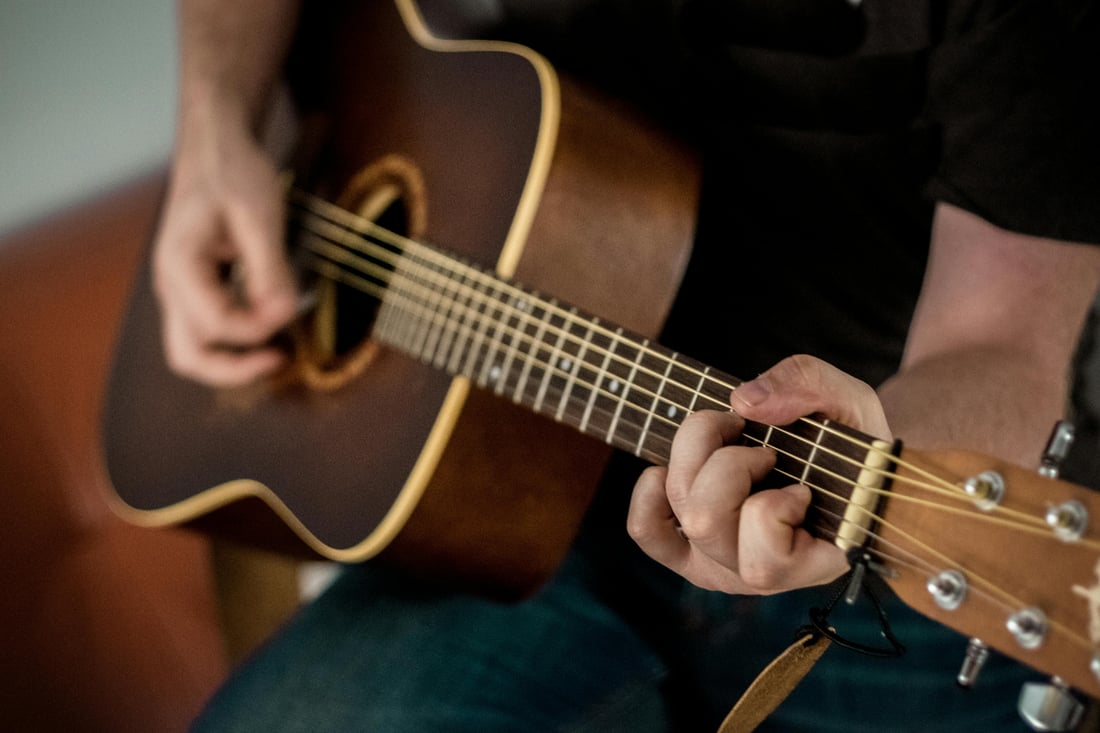When it comes to buying a new electronic guitar, a thorough inspection is crucial to ensure you are getting a quality instrument. From the body to the hardware, there are several key areas to assess before making a purchase. Let's take a closer look at what to look for during an electronic guitar inspection.
Body and Neck
The first thing to inspect on an electronic guitar is the body and neck. Look for any cracks, dents, or scratches on the body that could affect the sound or playability of the instrument. Check the neck for any warping or bowing, as this could result in intonation issues.
Electronics
Next, examine the electronics of the electronic guitar. Test all the pickups, switches, and knobs to ensure they are functioning properly. Make sure there are no loose connections or faulty wiring that could cause issues with the guitar's sound output.
Frets and Fretboard
Another important aspect of an electronic guitar inspection is the frets and fretboard. Check for any flat spots or wear on the frets that could affect the playability of the instrument. Make sure the frets are properly seated and that there are no sharp edges on the fretboard.
Hardware
Inspect the hardware of the electronic guitar, including the bridge, tuners, and nut. Ensure that the hardware is securely in place and functioning as intended. Test the tuning stability of the guitar to see if the tuners are holding the strings in tune.
Action and Intonation
Check the action and intonation of the electronic guitar by playing the instrument and listening for any buzzing or dead spots. Adjust the action if needed to find the optimal height for comfortable playing. Use a tuner to check the intonation and make any necessary adjustments.
Finish and Paint
Inspect the finish and paint of the electronic guitar for any blemishes or imperfections. Look for any inconsistencies in the color or texture of the paint that could indicate a poor quality finish. Ensure that the finish is smooth and well-applied.
Playability
Test the playability of the electronic guitar by playing scales, chords, and riffs. Pay attention to the comfort of the neck shape and fretboard radius. Make sure the guitar feels comfortable to play and that it is easy to reach all areas of the fretboard.
Tone and Sound
Listen to the tone and sound of the electronic guitar by playing through different amp settings. Pay attention to the clarity and sustain of the notes, as well as the overall tone of the instrument. Make sure the guitar produces the sounds you are looking for.
Brand and Reputation
Consider the brand and reputation of the electronic guitar manufacturer. Research customer reviews and testimonials to see if the brand is known for producing quality instruments. Choose a reputable brand with a history of producing reliable guitars.
Price and Value
Finally, consider the price and value of the electronic guitar. Compare the features and quality of the instrument to its price to determine if it offers good value for your money. Remember that a higher price does not always guarantee a better quality instrument.

